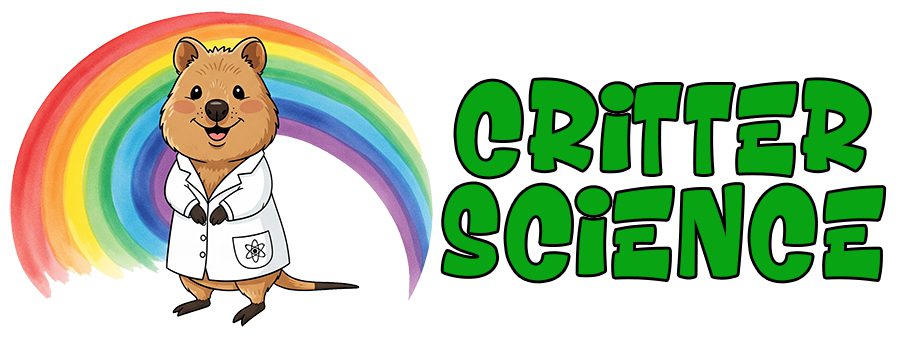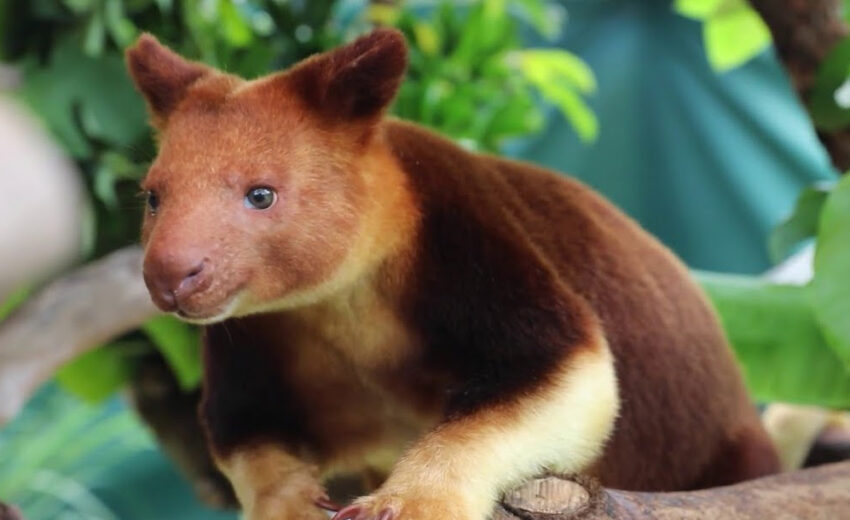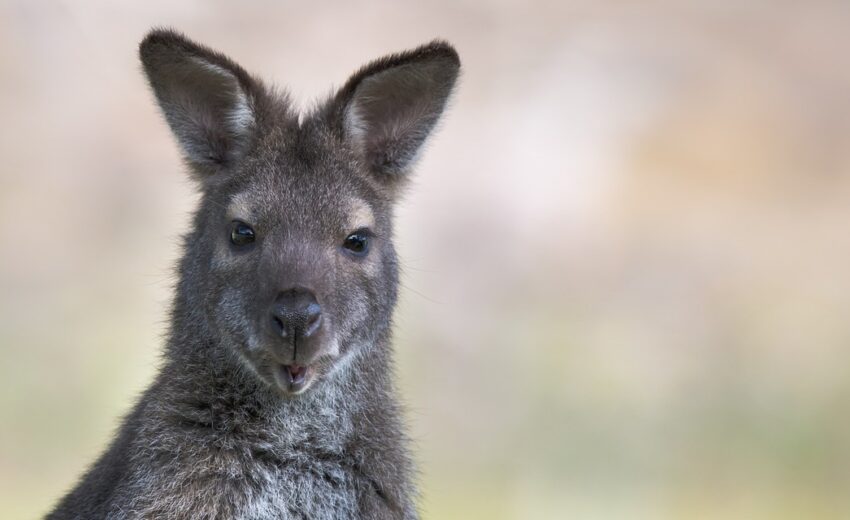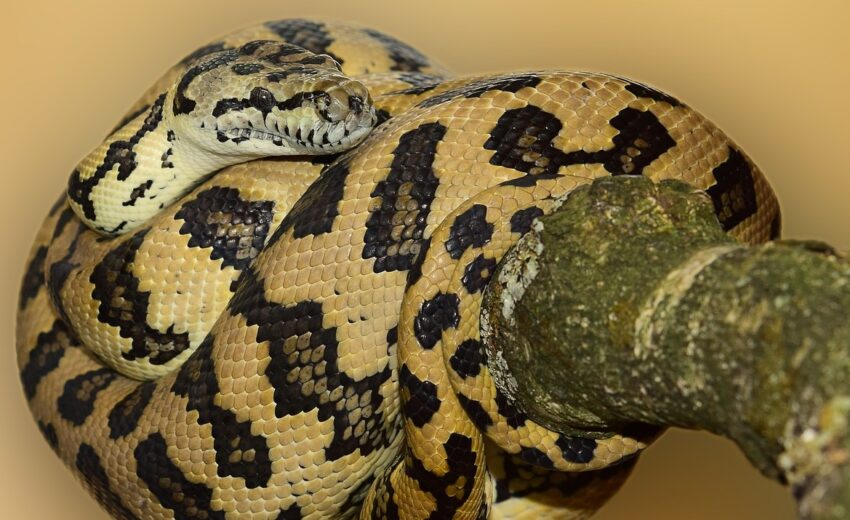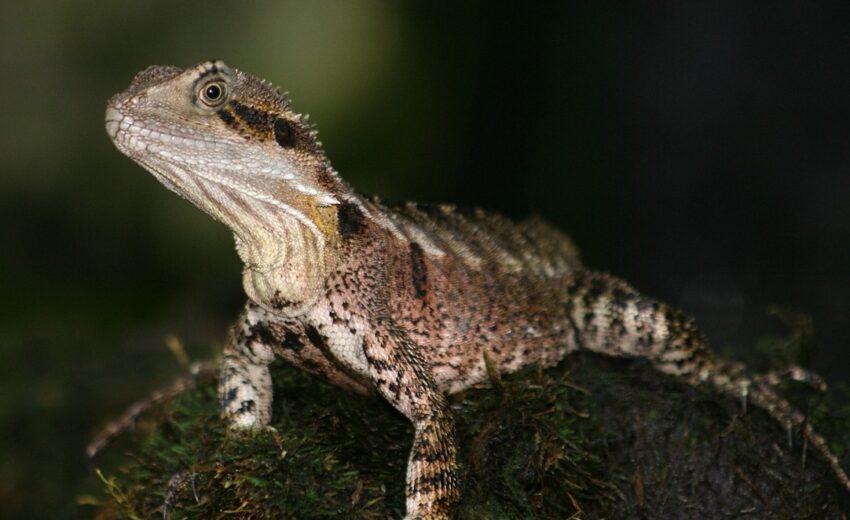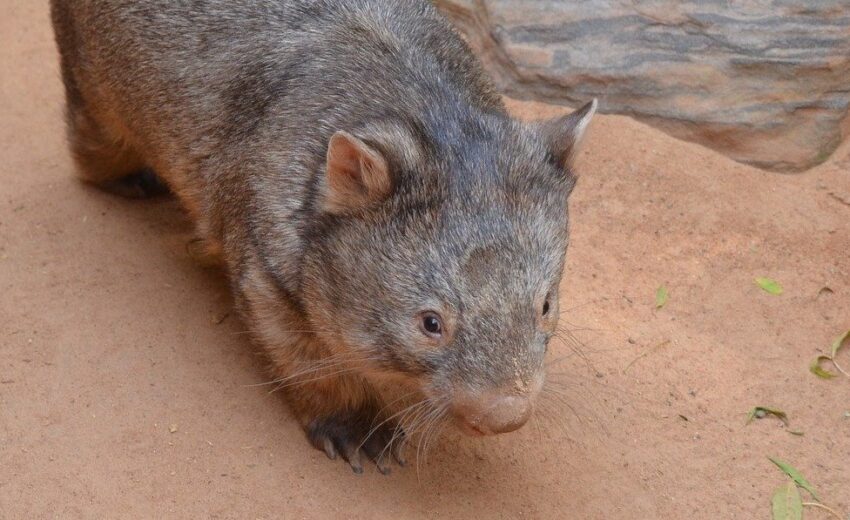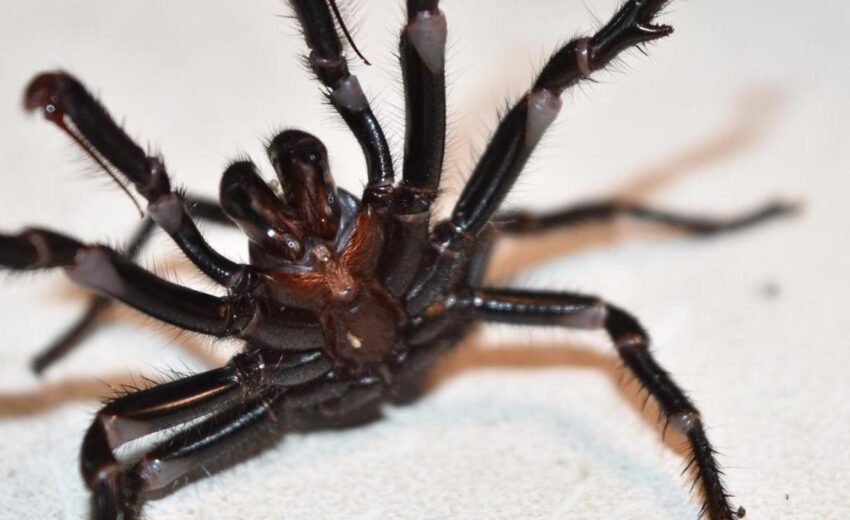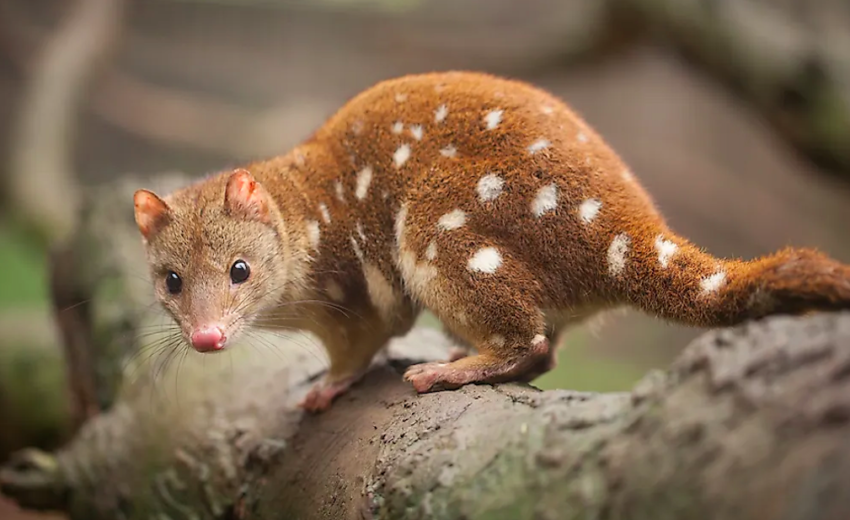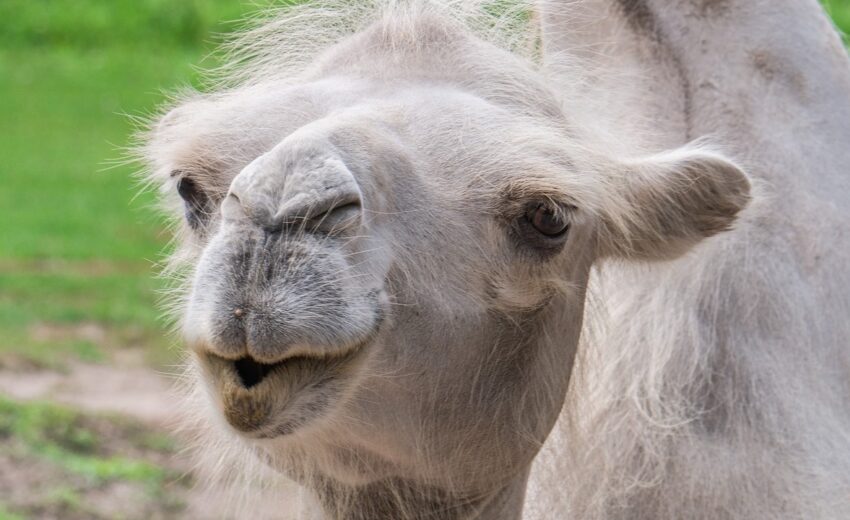There are 14 known species of tree kangaroo that are found in Australia, Papua New Guinea, and Indonesia. Tree kangaroos live in lowland rainforests and cloud forests at around 11,000 feet. Deforestation and illegal hunting are the main causes for their
- Zoology
- Daily Critter Facts
- For Teachers
- Study Guides
- Diseases & Parasites
- Contact
